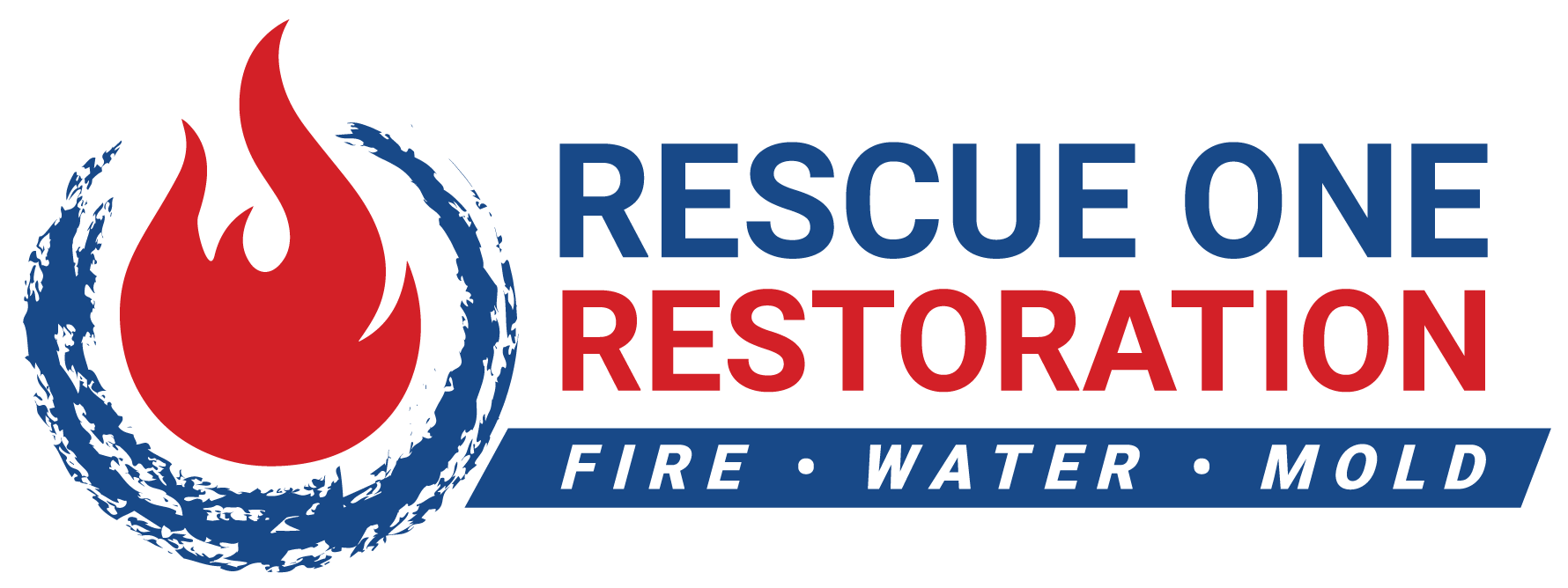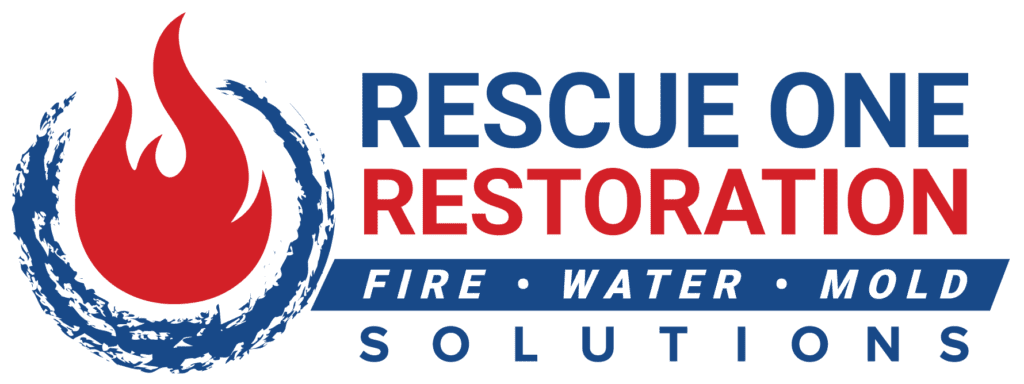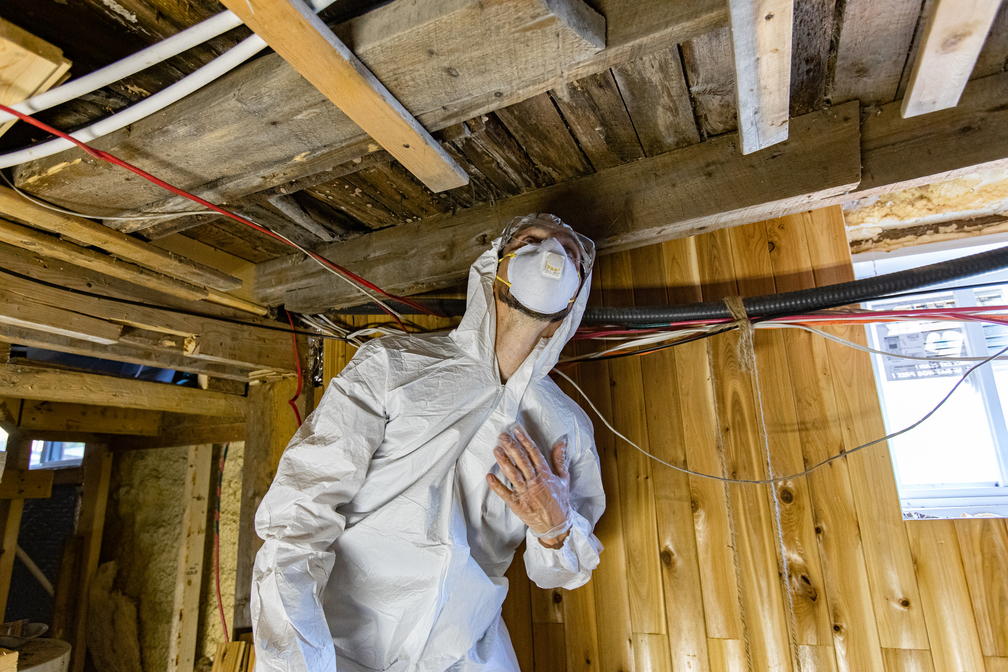
Mold growth is an unwelcome problem that can arise in any home due to humidity and moisture. This is a typical issue in Hawaii because of the state’s climate. That’s why learning mold prevention is vital for keeping your household safe.
We’ve all heard about the dangers of mold, and we’ve all been exposed to it at some point in our lives. In some cases, the presence of mold in a home is not a direct result of flooding or severe water damage.
Every damp, dark corner of the house is often inspected for the earliest signs of mold growth. However, mold can be insidious and crop up in places you don’t expect or even know about. In this article, we’ll cover some of the most common hidden places mold can grow in your Hawaii home.
Let’s dive right in.
Kitchen
Mold thrives in damp, dark spaces, like the rarely cleaned spots in your kitchen. You can prevent mold spores from spreading by inspecting the following places:
- Refrigerator drip pans: Refrigerators include a defrost cycle built in to prevent excessive ice buildup within the appliance. When a refrigerator produces too much condensation, it drains it into a drip pan, which collects the water. Due to evaporation, the water in this pan usually poses little threat. Unfortunately, moisture and heat from the rear coils and compressor motor might encourage mold growth.
- Dishwashers: The conditions inside dishwashing machines are nearly always dark and humid, making them an ideal environment for mold and bacterial growth. Even if your dishes come out spotless after every wash, the spores and bacteria that remain can hinder a thorough cleaning.
- Underneath the sink: Although leaks from your garbage disposal or water pipes are easy to spot, wetness from damp sponges can provide enough moisture to cultivate mold spores.
Living Room
You may not think of the living room as an ideal area for mold growth, but there are a few spots you may want to inspect.
- Window sills: Window sills are a hotbed for mold to develop and grow. They are constantly exposed to humidity from condensation and receive adequate airflow only when the windows are open in the dry season. The dirt that collects in the crevices of the windowsills serves as an excellent food source for spores, allowing them to multiply rapidly.
- Carpets: Despite advances in waterproofing technology, keeping your carpet free from moisture may be difficult if you live in a very humid environment. Whenever it rains, the ground around the concrete base can soak up water. Moisture can accumulate in the padding underneath the carpet, especially during the wet months. This creates an excellent environment for mold spores, which can then spread to other areas of the house.
Utility Room
Mold loves to thrive in these cramped quarters because of the lack of natural light and adequate airflow.
- Washing Machine: While front-load washing machines are becoming increasingly popular because of their high efficiency, they are often prone to mold growth. It’s impossible to provide any time for the washer’s rubber door gasket to dry off while not in use, so it’s always damp. Mold thrives in this type of environment.
- Wallpaper: Mold can easily grow behind wallpaper due to the presence of cellulose. This is because mold relies on cellulose as its food source. To determine whether mold is developing beneath the wallpaper, you need to remove it or see whether it’s coming off in some spots. In most cases, peeling wallpaper indicates the presence of mold.
Other Mold-Prone Areas
It is possible for mold to develop practically anywhere there is a combination of organic materials and moisture. Here are several less obvious locations to look if you’re still suspicious about mold but can’t locate it.
- Air conditioners: While running, air conditioners condense and draw in outdoor air, along with allergens, dust, and other pollutants that mold can exploit as sustenance. As a rule, mold thrives in air conditioners that have been sitting unused for some time, so turning your unit every once in a while is recommended.
- Toothbrush holder: A toothbrush holder made of glass or ceramic is a great place to keep your toothbrush. Nevertheless, the container is an ideal breeding ground for mold, thriving on the liquid that drops from your toothbrush.
- Filing cabinets: Due to its wood pulp content, paper has a high moisture retention rate. IIn a region with a lot of humidity (such as Hawaii), your paper files may become damp and moldy.
The Bottom Line
There are plenty of places mold can grow in a home. On the other hand, attempting to remove it on your own is rarely successful and, in some cases, dangerous.
If you want your problem properly handled, call the mold remediation experts at Rescue One Restoration. We’ll isolate the mold-infested areas, regulate moisture, and eliminate the mold. Finally, help you keep the mold from returning. Contact us today to learn more about our services.
Learn more about mold remediation services and how Rescue One Restoration can serve you here.
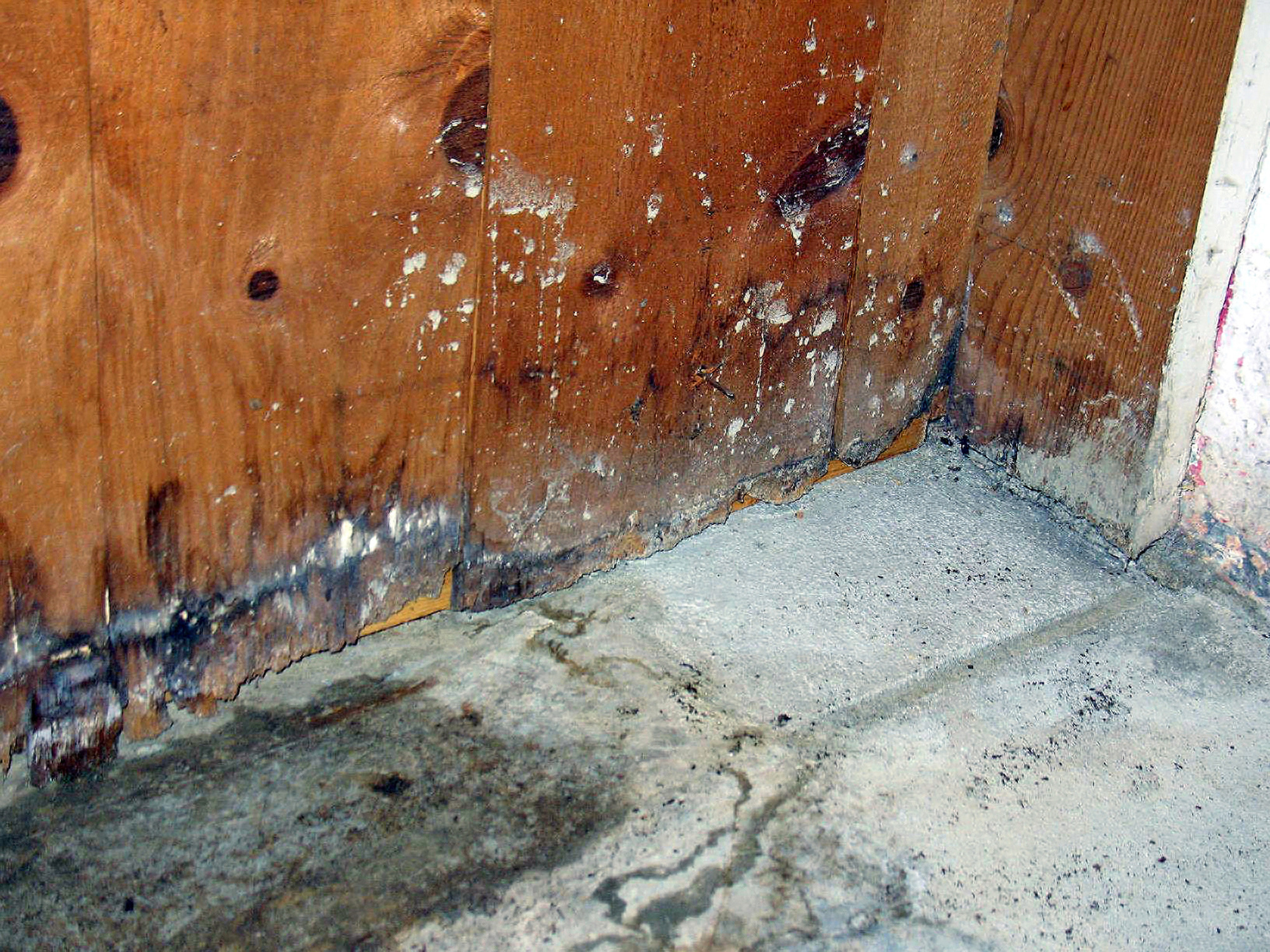
The Hidden Dangers Of Home Water Damage: Why Immediate Restoration Matters Water damage in your home can be very dangerous. What seems like a minor issue at first glance can lead to significant long-term consequences. Left untreated, water damage can cause severe problems, from potential structural issues to the growth

Understanding Insurance Coverage For Damage Restoration In Hawaii With its stunning natural beauty and idyllic climate, living in Hawaii can feel like a dream come true. However, the state’s unique geographical challenges, including its vulnerability to natural disasters like hurricanes, volcanic eruptions, and flooding, can turn that dream into a
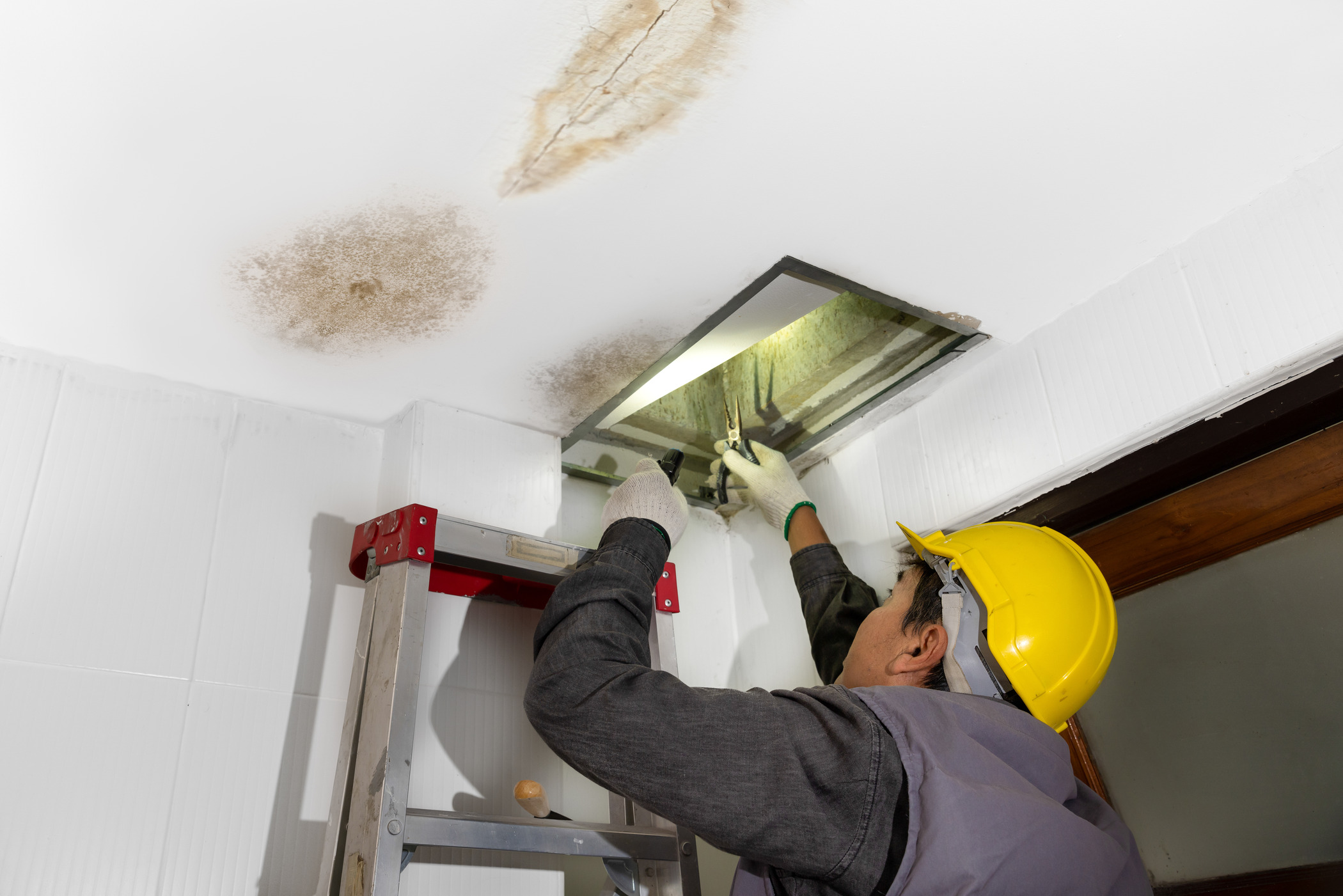
The Ultimate Guide To Water Damage Restoration In Hawaii: What You Need To Know Water damage is a common issue faced by homeowners and businesses alike, especially in a place like Hawaii, where tropical storms and hurricanes can wreak havoc. When faced with water damage, it’s crucial to act swiftly
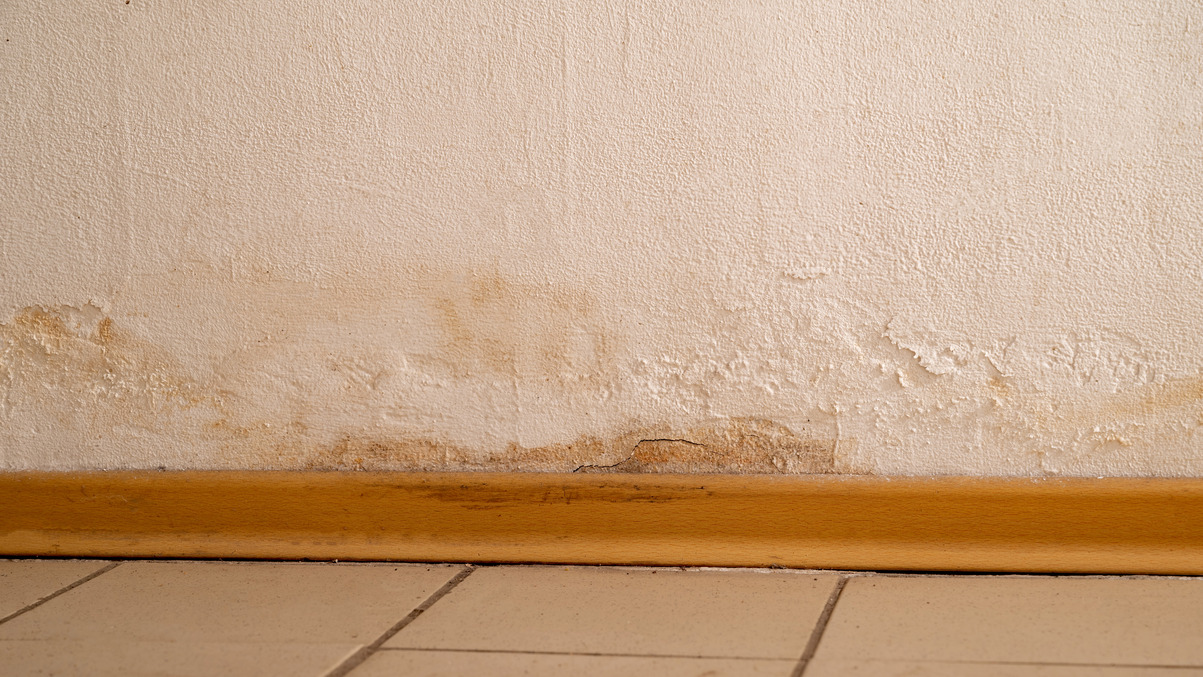
Many homeowners aren’t sure if they need to replace their drywall after water damage. Even a tiny amount of water can cause significant problems for your drywall, and if not fixed quickly, the damage can worsen over time. We’re here to help you answer the question: does wet drywall always
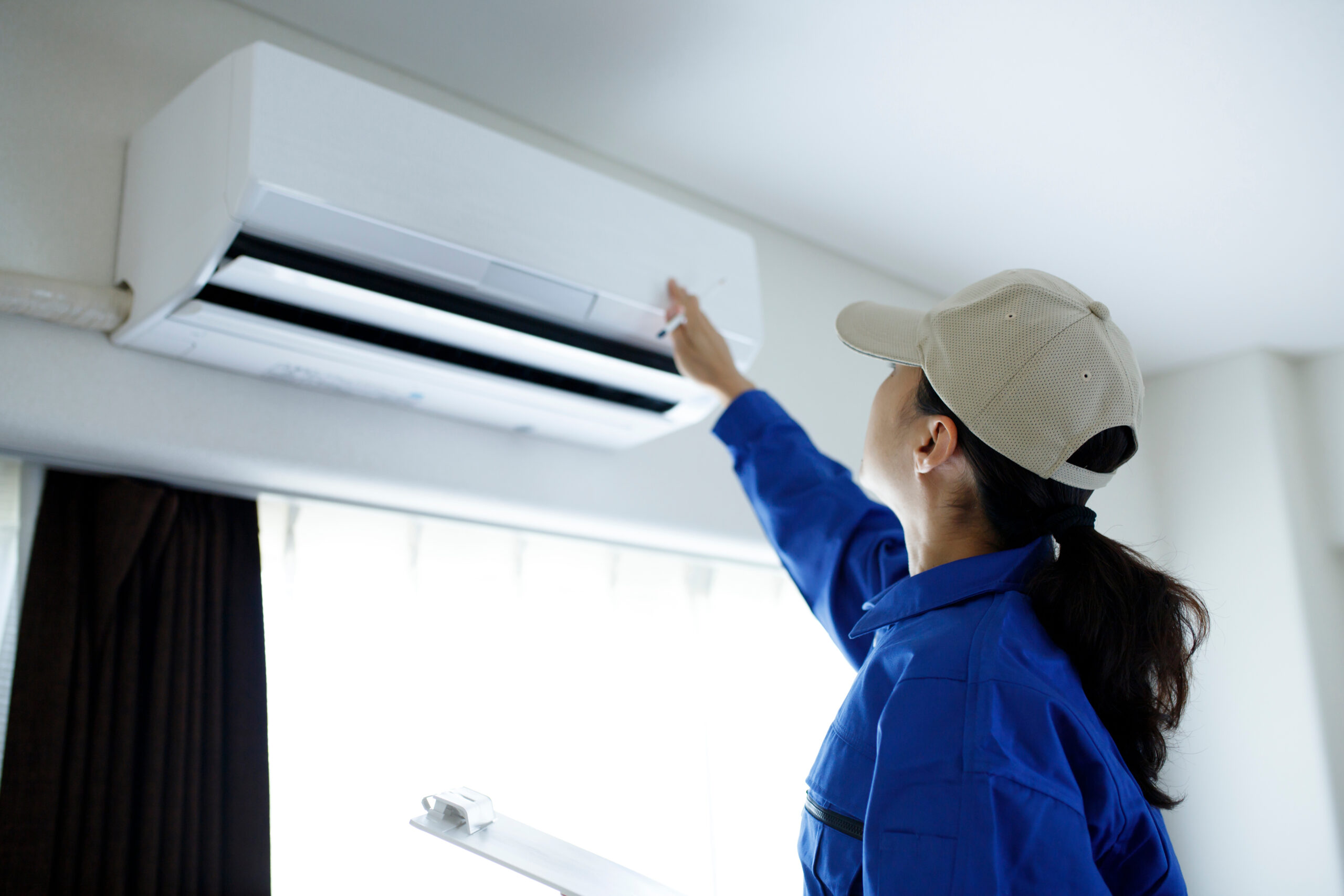
Mold can grow on nearly any surface around your home. In particular, mold thrives on surfaces that are damp, cold, or both. This means many of your household appliances can be potential breeding grounds for mold and mildew growth. It is also important to conduct regular checks and cleaning to
